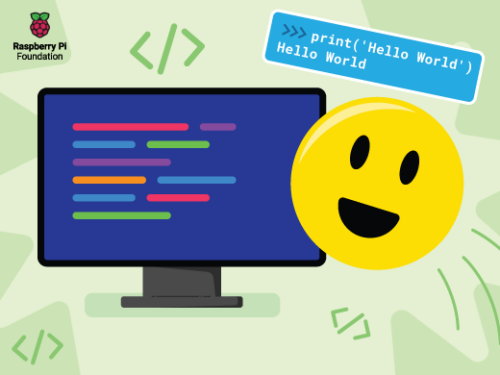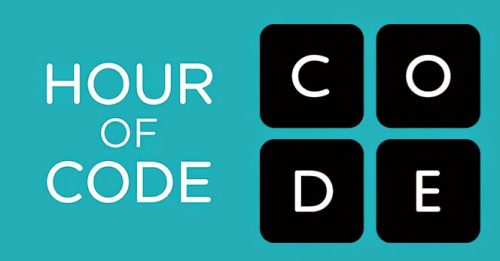Schlagwort: hour of code
-

Take part in the Hour of Code
Reading Time: 5 minutesLaunched in 2013, Hour of Code is an initiative to introduce young people to computer science using fun one-hour tutorials. To date, over 100 million young people have completed an hour of code with it. Although the Hour of Code website is accessible all year round, every December for Computer Science Education…
-

Take part in Hour of Code 2018
Reading Time: 3 minutesEvery year for the last five years, Hour of Code has encouraged school students to spend just one hour writing some code, in the hope that they get bitten by the bug rather than generating too many bugs! This year, you can find activities from the Raspberry Pi Foundation, Code Club, and…

